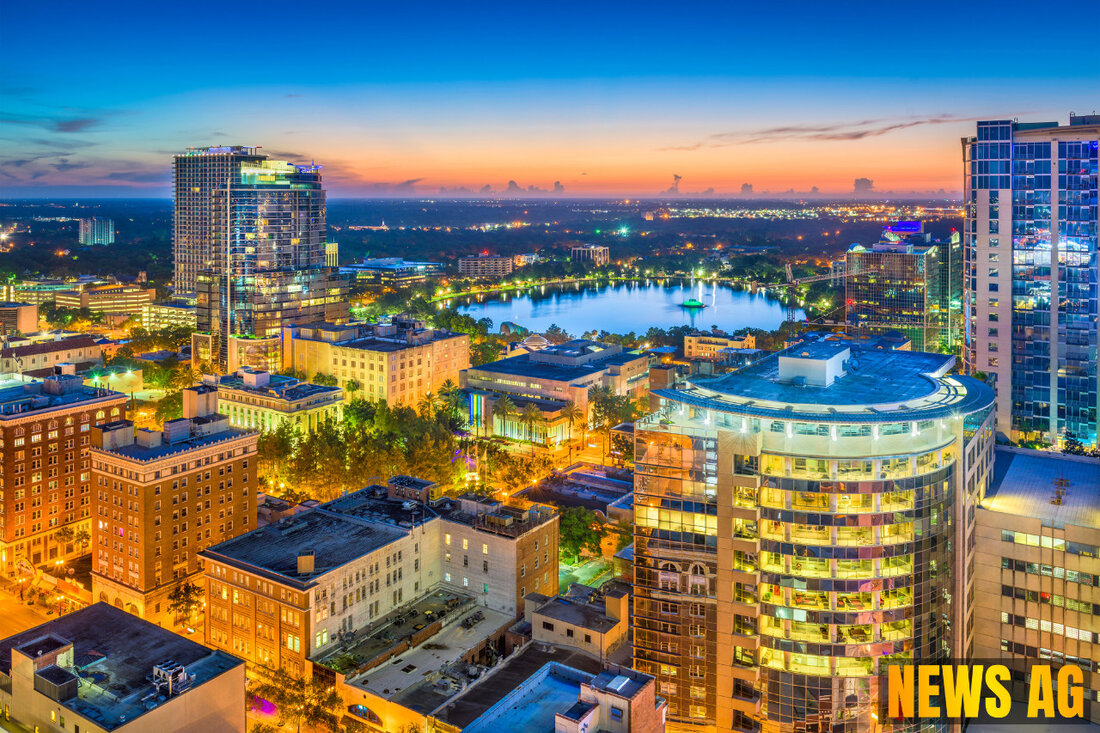Royal Caribbean's Bold Move: New President to Oversee Mexico's Perfect Day!
Royal Caribbean's Perfect Day Mexico project near Mahahual aims for cultural integration and sustainability, despite local opposition.

Royal Caribbean's Bold Move: New President to Oversee Mexico's Perfect Day!
The excitement surrounding Royal Caribbean’s impending project, Perfect Day Mexico, is tempered by growing local concerns. The cruise line has appointed Ari Adler Brotman as president of Royal Caribbean Group Mexico, directing operations for this ambitious venture. Adler Brotman brings a wealth of experience in public and private project management and compliance with Mexican regulations, which will be crucial as he collaborates with various stakeholders to integrate Mexican culture into the new development. As Riviera Maya News reports, the company’s mission is not just to expand its influence in the region but to do so with an eye towards sustainability and community benefits.
Perfect Day Mexico, set to open near Mahahual in Costa Maya in 2027, is designed to be more than just a cruise destination. It aims to generate significant economic and environmental advantages while respecting local culture. The project, which has already garnered a considerable buzz, plans to create approximately 2,000 jobs during its construction phase and another 2,000 once operational. The opening of a hospitality training center in collaboration with the University of Quintana Roo highlights a commitment to local employment. However, this ambitious plan has sparked a considerable backlash from residents.
Local Concerns Rising
The response from the community has been overwhelmingly cautious, to say the least. A petition opposing the project has attracted over 278,000 supporting signatures from concerned locals. Many residents fear that the influx of tourists—projected to reach 20,000 daily—could wreak havoc on the delicate local ecosystems and erode the community’s cultural fabric. The project could bring increased plastic waste, chemical pollution, and heavy freshwater demands to an area already struggling with water shortages, as detailed in a report by Mad About Cruises.
Environmental advocates warn against the potential risks associated with such a high-capacity development, advocating for an independent environmental review before further construction. Despite these opposing views, Royal Caribbean maintains that it is committed to the environment. Their project includes initiatives to conserve 45 hectares of mangroves, protect the Mesoamerican reef, and ensure 100% green energy usage by 2040 through innovative technology, including a wastewater treatment plant, a solid waste treatment facility, and clean energy infrastructure.
What Lies Ahead?
As the plans unfold, the new beach club on Cozumel, expected to open in 2026 with a $75 million investment, is already generating excitement among fans of cruise travel. At the same time, the Grand Costa Maya Port redevelopment, valued at $292 million, aims for a total investment of $821.3 million, showcasing how much Royal Caribbean is betting on this locale’s future. The park in Mahahual will cover 200 acres with luxurious amenities, including ten pools and a beach club. With the world’s longest lazy river and a cliff-diving platform, it is designed to attract thrill-seekers and leisure lovers alike.
However, the road to realizing this grand vision is rocky, with ongoing community pushback posing a significant challenge. Royal Caribbean’s commitment to engaging with locals could be crucial in navigating this opposition. By addressing concerns proactively and enhancing communication, the cruise line might find a way to appease both local residents and the eager tourists poised to visit this tropical paradise.
As we await the project’s progression, the balancing act between development and conservation remains at the forefront, reminding us that while ambition often knocks at the door, listening to the concerns of the community is the key to a harmonious coexistence.

 Suche
Suche
 Mein Konto
Mein Konto